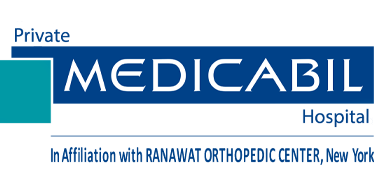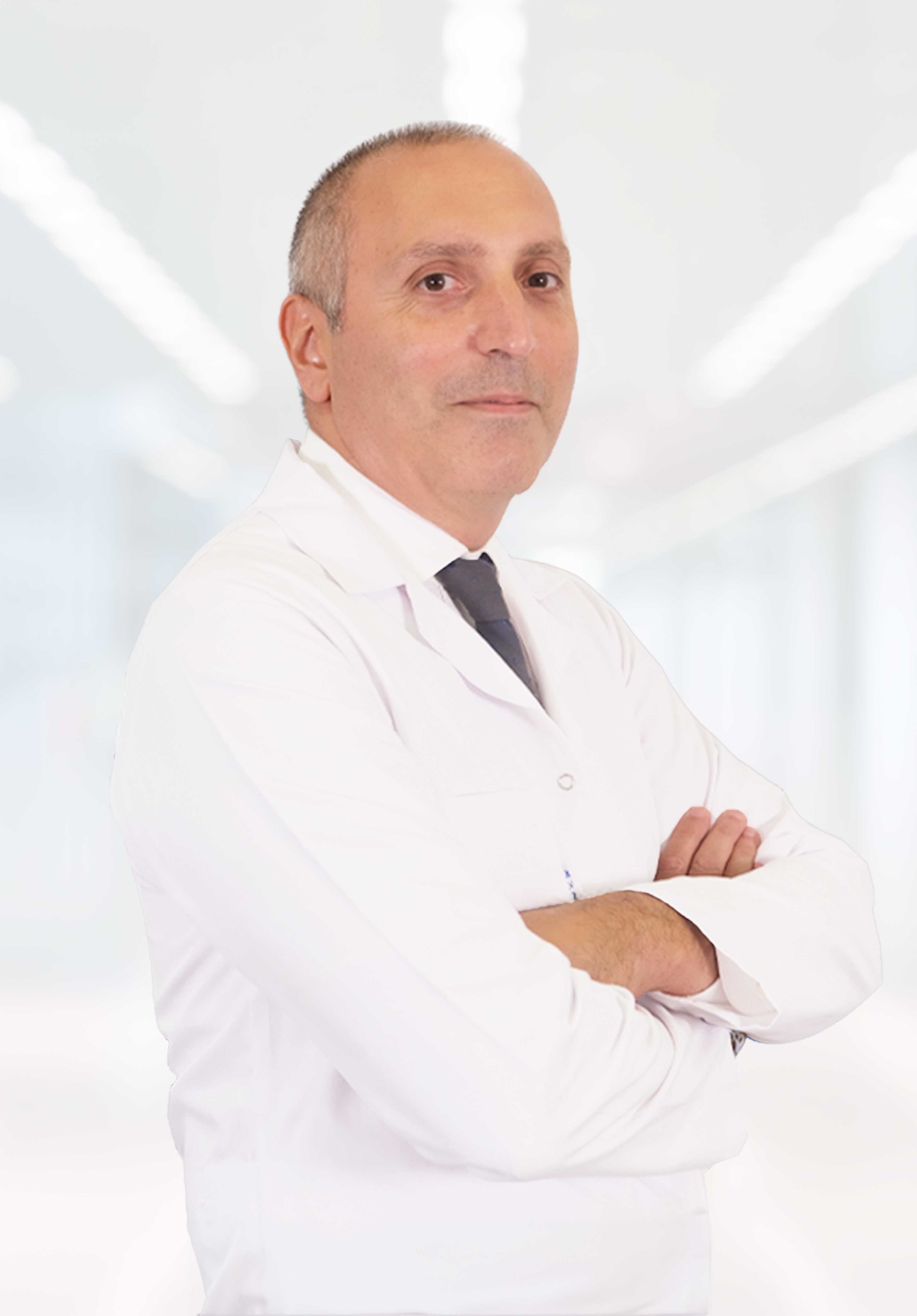Scoliosis and Kyphosis
- Home
- Scoliosis and Kyphosis
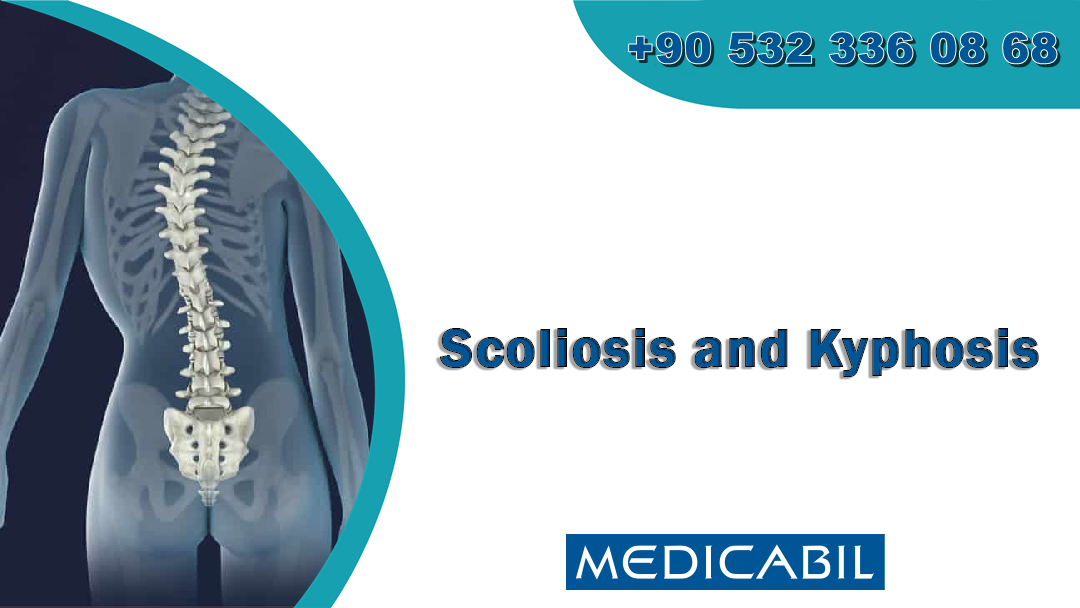
We are going to inform you about scoliosis, kyphosis and their treatment.
Scoliosis
Scoliosis can be defined as the curvature of the spine to the right or left, which can be seen in childhood and adulthood. While scoliosis can be caused by conditions such as cerebral palsy and muscular dystrophy, the cause of most scoliosis is unknown Nov. About 3% of adolescents have scoliosis. Most cases of scoliosis are mild, but some spinal deformities continue to be more severe as children grow older. A severe spine curve can make it difficult for the lungs to function properly by reducing the amount of space inside the chest. Proper treatment is very important. In neglected or late patients, treatment is very difficult and the desired level of success may not be achieved. The treatment of scoliosis is different depending on childhood and adult age or periods.
There are 3 main types of scoliosis disease in childhood.
- The group is what we call congenital, which is congenital. This type of scoliosis progresses rapidly and leads to very serious deformities. Treatment of this group should start early.
- In the group, this is the type of scoliosis observed in patients with neuromuscular disease, that is, congenital paralysis. Again, in this group, surgery may be required at an early stage.
- The group is the most common group. In this group, also called idiopathic adolescent scoliosis, treatment is usually conservative. Surgery can be considered if the child still has more than 40 degrees of scoliosis when the age of bone growth is appropriate. Treatment of scoliosis is a long, patient and conscious process. The success rate of treatment is quite high. For this purpose, choosing the right doctor and the right hospital is the most critical stage. In our center, we diagnose with Advanced examinations and follow up the treatment of scoliosis patients with both a conservative, non-surgical team and a surgical treatment team. Congenital and neglected cases are usually treated in our center.
Conservative Treatment
Non-surgical treatment, which we call conservative, is generally preferred for patients with scoliosis angle below 40 degrees. There are options to support the treatment, such as painkillers (NSAIDs), physical therapy, exercise, and/or corset. Conservative methods are intended to prevent the progression of deformity. Corset treatment it is useful to monitor the development of curvature in patients with scoliosis at intervals of 3-4 months. 50-60% of patients with curvature below 20 degrees recover spontaneously. If the curve in an IMM decked spine is below 20 degrees, but the progression is more than 10 degrees, the follow-up process is interrupted and the corset use process is switched. 1/3 of the 20-30 degree curves of children of developmental age respond to conservative treatment and do not progress. For this reason, follow-up should be continued until progression levels in this range are detected. Untreated scoliosis causes serious disability, cosmetic problems, hence psycho-social problems, and sometimes cardiopulmonary problems. In cases requiring surgical treatment, the angle of scoliosis is above 45 degrees. Curvatures above 40 degrees do not respond to corset or other conservative treatments and continue to progress after skeletal maturation develops.
Surgical Treatment
There are many methods in scoliosis surgery. These may vary depending on the type of disease, the age of the patient, and the region of the disease. Surgery is applied for pathology related to the relevant segment in early-onset congenital scolioses. For example, removing hemivertebran or removing abnormal structures that cause curvature. In some congenital scolioses, growth-friendly surgical methods are applied to control deformity. Here, patients may need small operations periodically every 6 or 8 months. During the rapid period of growth, bodytethering operations can be performed with the help of endoscopy or minimally invasive method, popularly called 'drawstring system', in the appropriate patients with idiopathic scoliosis. For girls and boys, permanent regional operations can be applied for children who are also entering the maturation stage. In operations, the navigation device can provide significant advantages according to its location. It plays an auxiliary role in safely placing screws to be placed in the spine in surgery and in planning osteotomies. A neuromonitorization device is used in all operations. This device constantly records the activities of the spinal cord and is very important in terms of monitoring the effects that may occur on the spinal cord due to surgery, instantly alerting the surgeon. Scoliosis operations are very risky and highly prone to complications. Scoliosis surgery is a team effort. Experienced nurse in the field of scoliosis and spine together with specially trained surgeon ; experienced technician in charge of neuromonitor device; in spine and scoliosis surgery, intensive care and clinic with an experienced anesthesia team and competent facilities and team to undertake post-operative care are required. In scoliosis surgery, just as in corset therapy and physical therapy, it is very important that the relationship between family, Hospital and Doctor is at a sufficient level and frequency.
What Is Kyphosis?
Kyphosis, popularly known as humpback, is a condition in which the spine takes a protruding position outward. The term kyphosis is a general definition, although it first brings to mind back hump, it can also be seen in the waist and neck areas. People with kyphosis may experience back pain, a feeling of fatigue in the muscles, and complaints of hypersensitivity in the spine with posture disorders such as collapsing in the shoulders, a round appearance and bending of the neck forward.
Kyphotic people should arrange their working environment according to ergonomic rules and take care of their sitting and sleeping habits. The kyphotic angle between 20 and 55 degrees is considered normal, while the curvature in the back area is above 40 degrees, the person should exercise. Personal physical therapy should be applied at curvatures between 55-70 degrees. If the curvature is above 70 degrees and progress in the curvature continues in the follow-up process, surgical intervention should be resorted to.
-
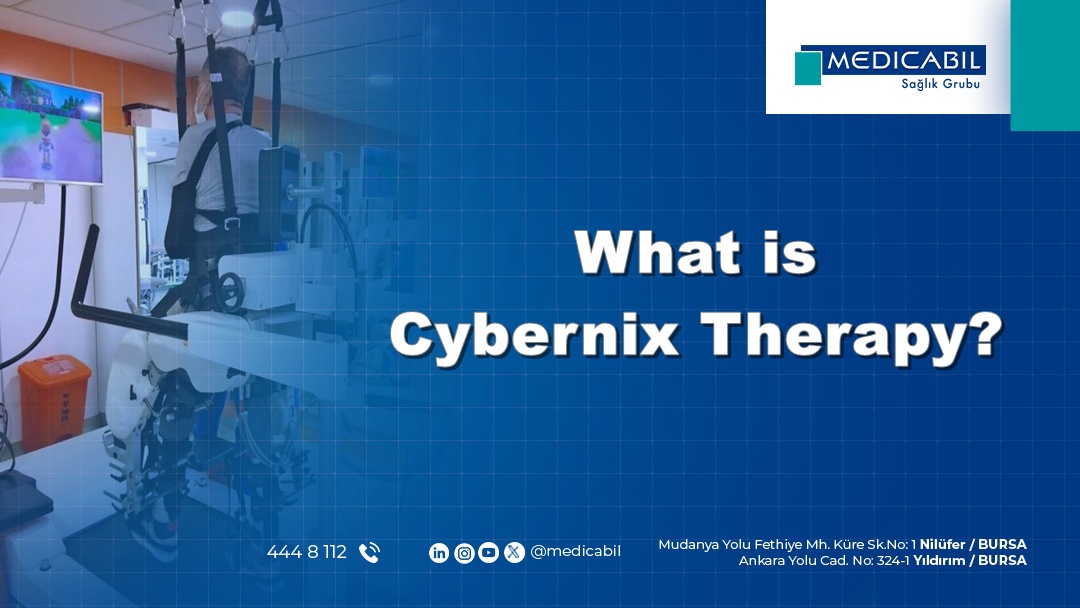 What is Cybernix Therapy?
What is Cybernix Therapy?
-
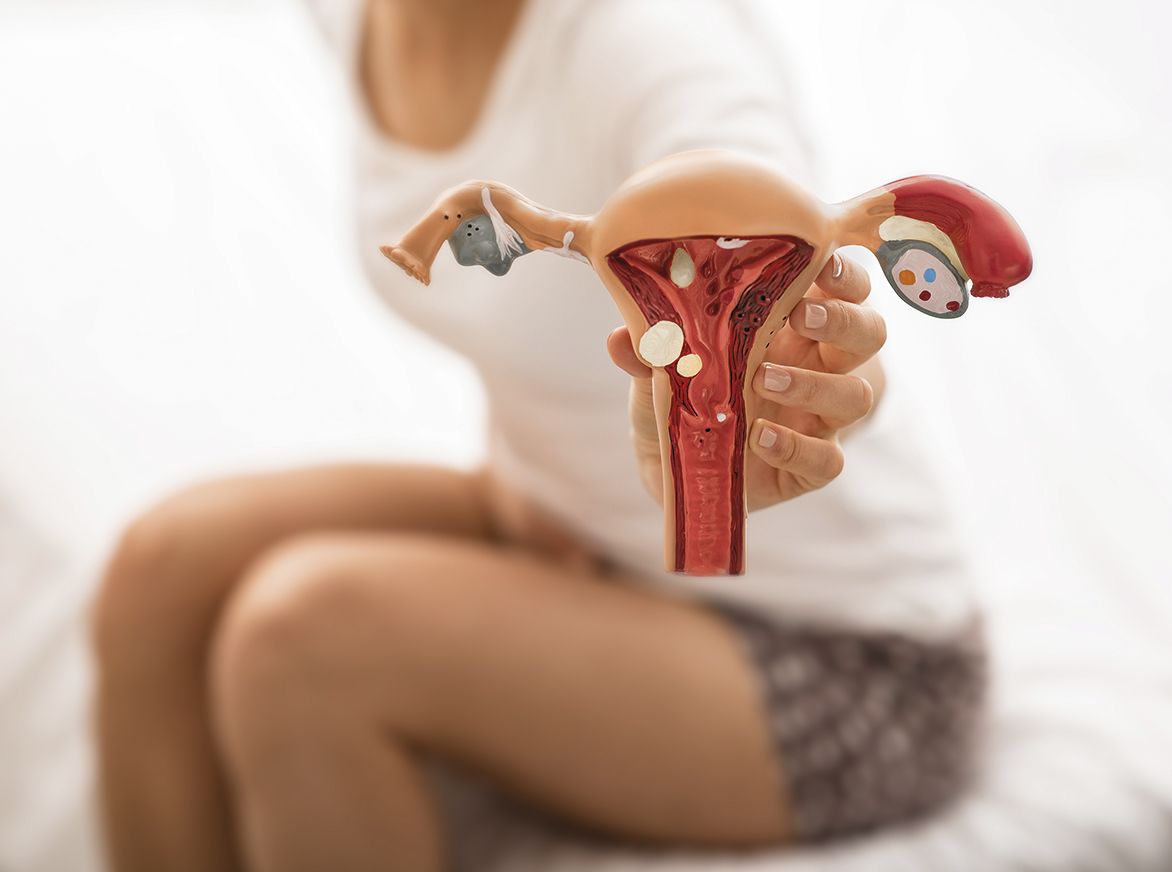 What is Endometriosis (Chocolate Cyst)? What are the symptoms? How to Treat?
What is Endometriosis (Chocolate Cyst)? What are the symptoms? How to Treat?
-
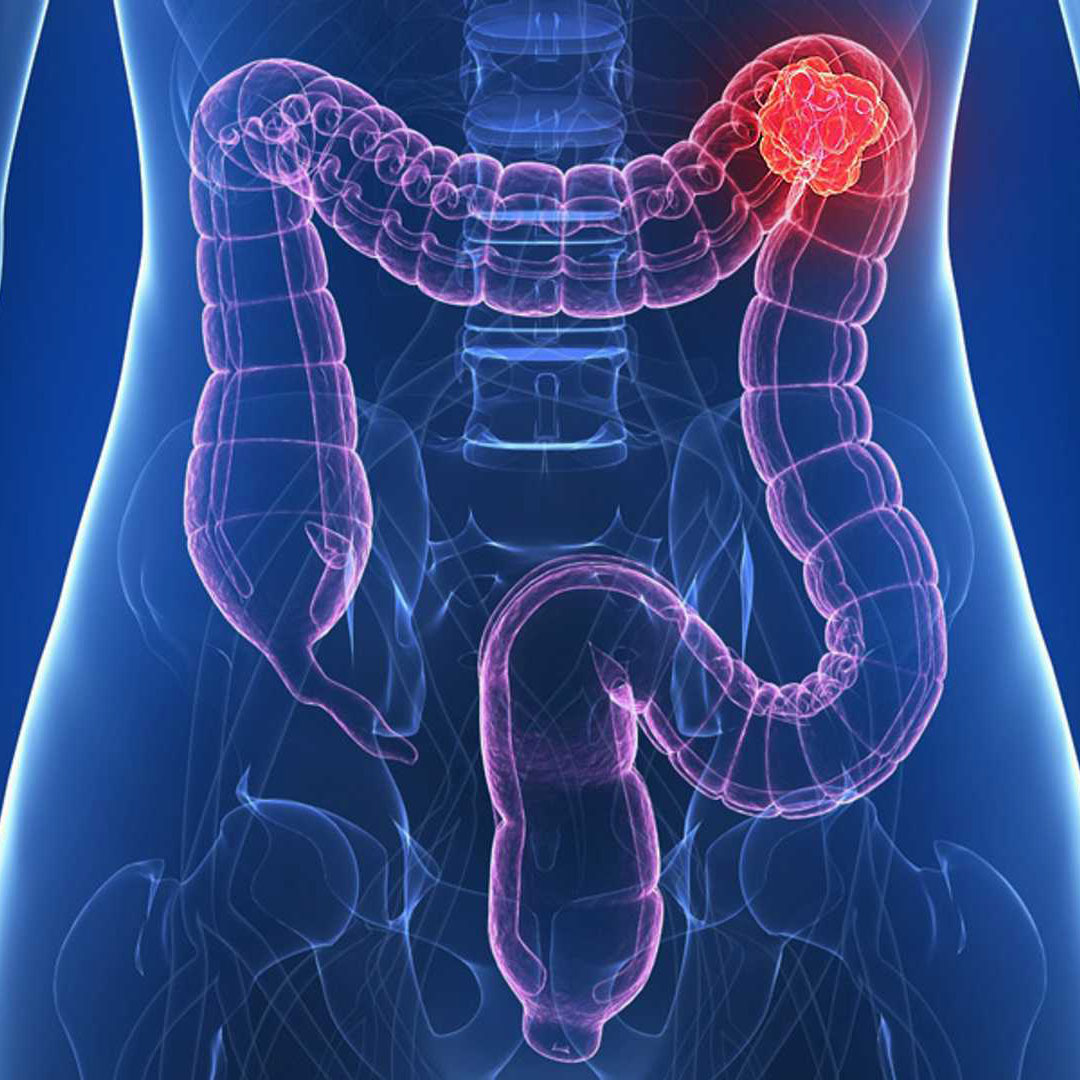 Colon Cancer (Symptoms, Stages, Treatment)
Colon Cancer (Symptoms, Stages, Treatment)
-
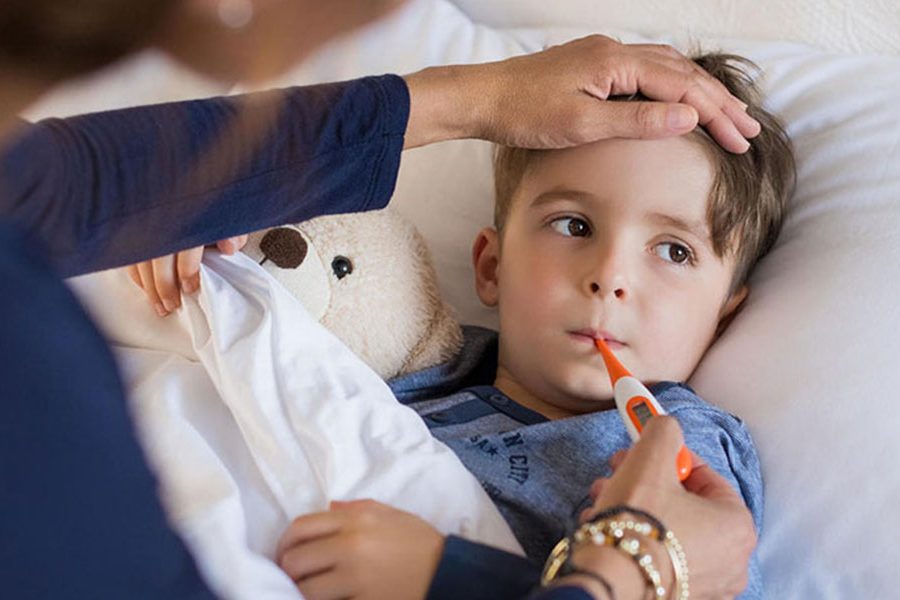 Influenza (Flu) in Children
Influenza (Flu) in Children
-
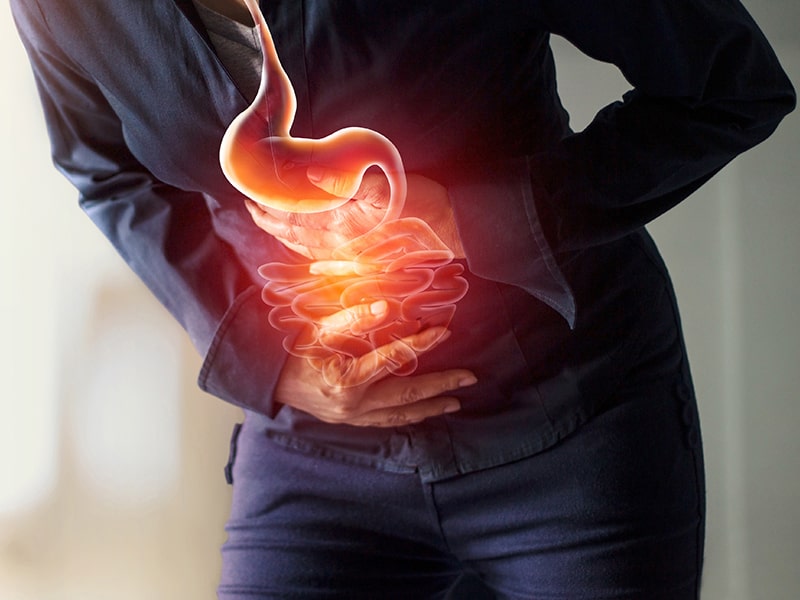 Stomach Cancer Symptoms and Treatment Methods
Stomach Cancer Symptoms and Treatment Methods
-
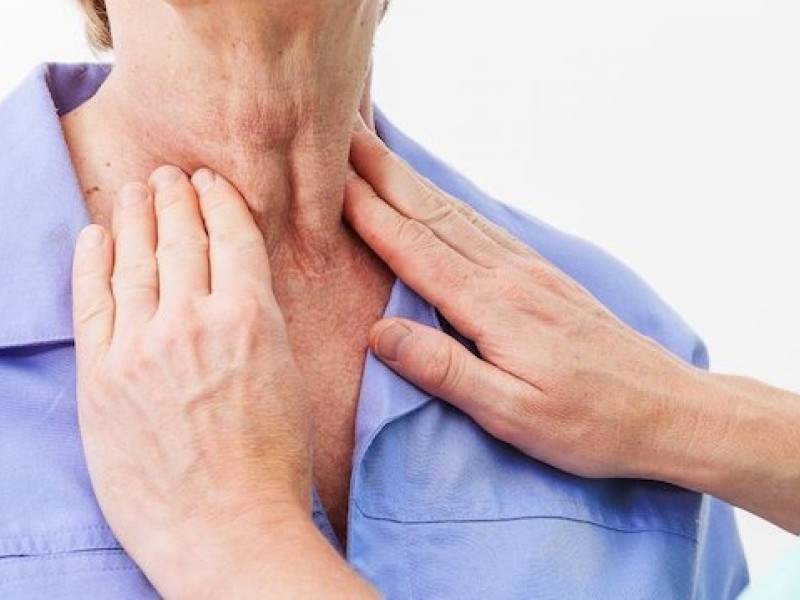 What is Lymph Node Swelling? What Are The Reasons?
What is Lymph Node Swelling? What Are The Reasons?
-
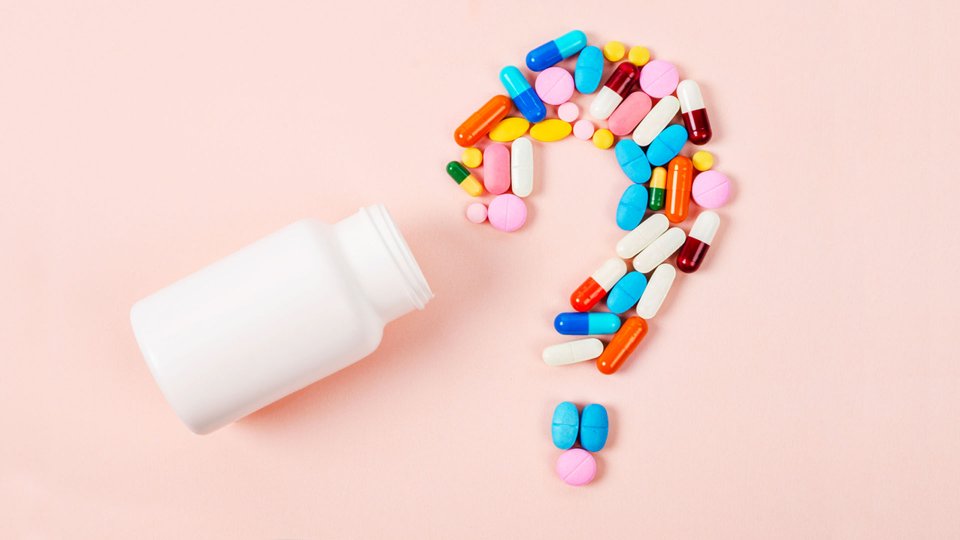 When to Use Antibiotics? What are the side effects? What is Antibiotic Resistance?
When to Use Antibiotics? What are the side effects? What is Antibiotic Resistance?
-
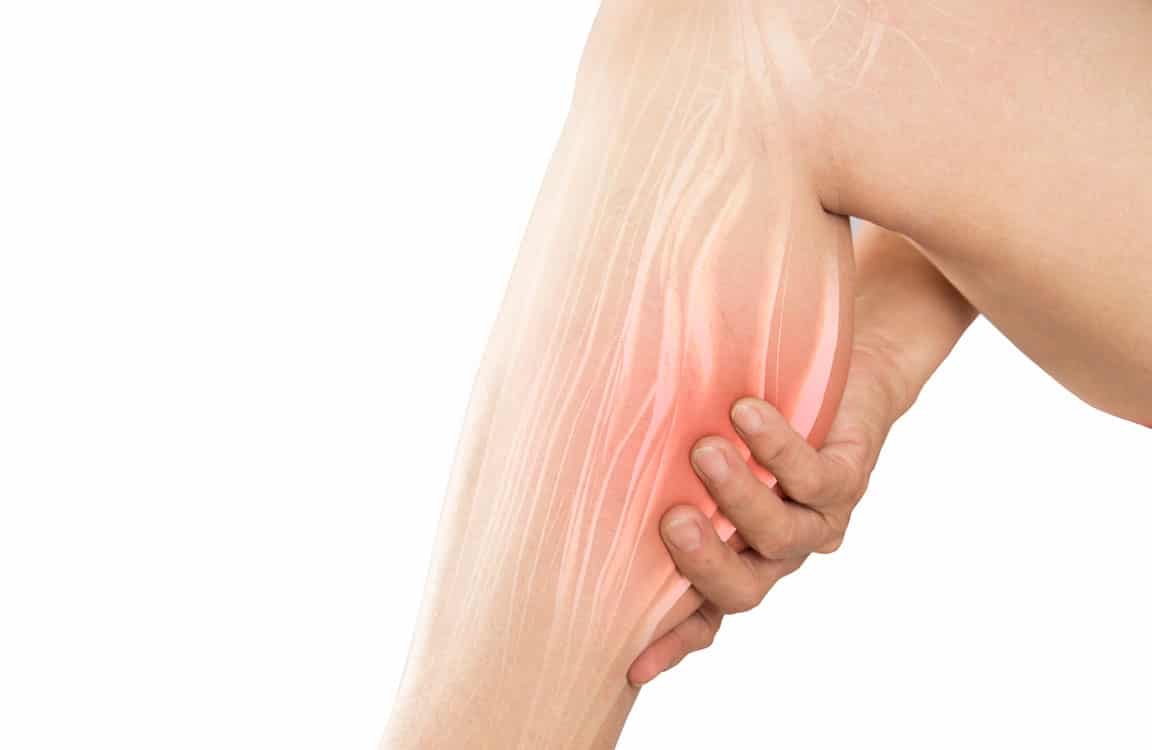 What is Muscle Spasm?
What is Muscle Spasm?
-
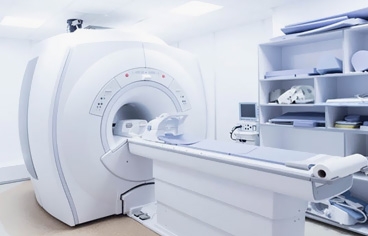 What is MRI? How to Take an MRI with Medication? Is It Harmful?
What is MRI? How to Take an MRI with Medication? Is It Harmful?
-
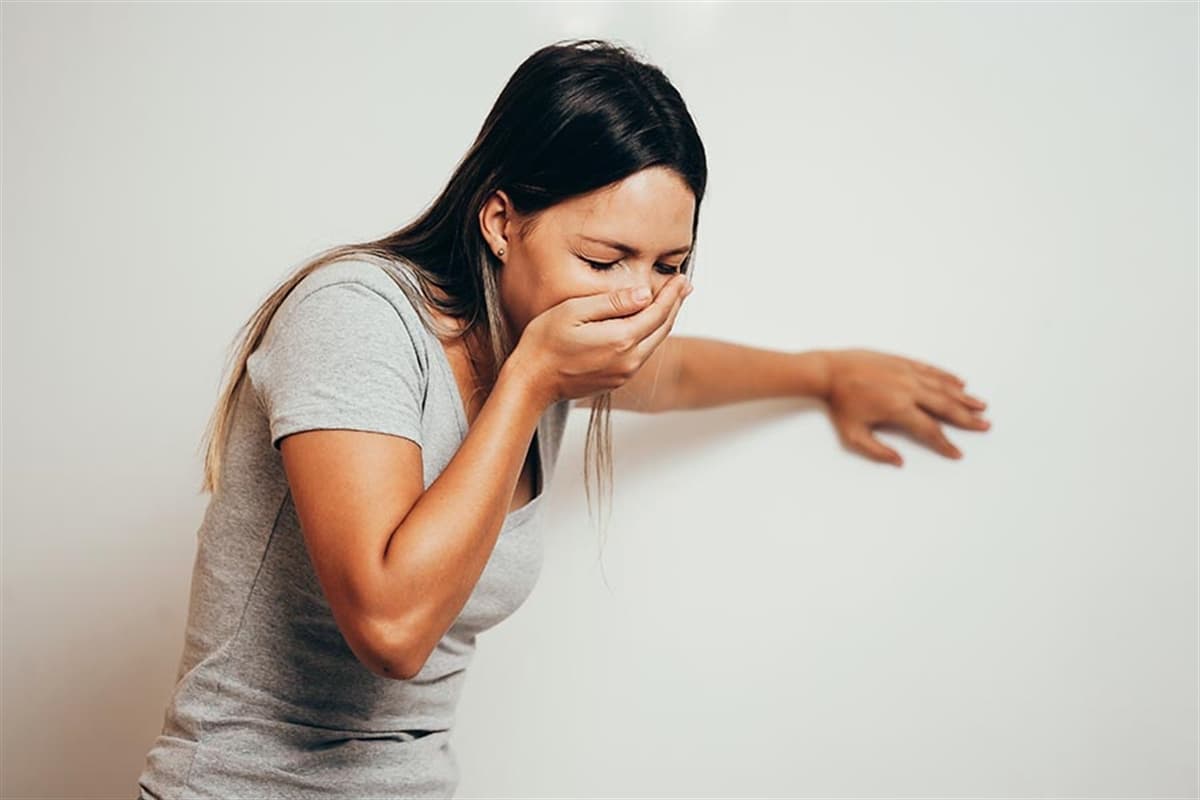 What are the Causes of Diarrhea and Vomiting? How to Treat?
What are the Causes of Diarrhea and Vomiting? How to Treat?
